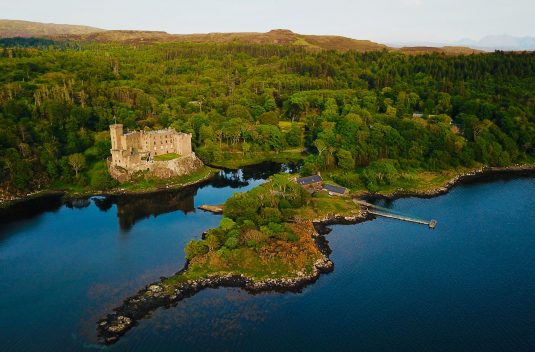For example, Major James Elmer Larimer (hubby's first cousin, 4x removed), wrote to his mother, Asenath Cornwell Larimer, when he was fighting for the Union during the Civil War. At left, a page from one of his many letters--thanks to the gentleman who found me via this blog and who is now part of my village.
Here's how I make it easy for my village to exchange information:
1. My family trees on Ancestry are public (not living people, of course). That's how Philly Cuz found me and how the latest contact from a Wood cousin took place.
2. I post about people and places on surname and locality message boards. If anybody out there is looking for Schwartz from Ungvar or Farkas from Botpalad or Bentley from Indiana (or California), they'll find my queries on message boards like Ancestry and GenForum. That's how I connected with Bentley researchers, for example.
3. I contact local genealogy clubs and historical societies. Just as one example, the fabulous folks at Elkhart County Genealogical Society provided numerous gravestone photos and probate court records for my research into the Larimer family.
4. I correspond with people who have posted on Find-a-Grave. Sometimes they have more photos they haven't had a chance to post--and among those photos are my ancestors. A very kind volunteer supplied exact directions to hubby's great-great-grand uncle's gravestone so we could visit this summer. Of course, I return the favor by posting photos of dozens of gravestones on F-a-G whenever I visit a cemetery.
5. I blog about my genealogy challenges and achievements. Thanks to this genealogy blog, I've been found by so many cousins! (You know who you are...) The blog also helps me explain to my newfound family what I know (or think I know) about a particular person or branch of the tree. In more than one case, my wonderful blog readers have been instrumental in identifying a person's uniform or place or period.
Thank you to my village!

























